How Close Can you Get Using Extension Tubes?
If you are a DSLR photographer, you may have read about using extension tubes to take closeup photographs. Extension tubes are much less expensive than buying a macro lens and you can get very good closeup results with them.
What is an Extension Tube?
An extension tube is a hollow metal tube that connects between your camera body and lens.
Extension tubes are often sold in sets. There are two types of extension tubes—the less expensive type does not maintain the electrical connection between your camera body and lens, the more expensive type maintains the electrical connection between your camera body and lens.
Try to find one that maintains the electrical connection. A set of three extension tubes that maintain the electrical connection between camera body and lens should cost $100 – $150. My set has a 12 mm, 24 mm, and 36 mm tube. Tubes can be used individually or stacked.
With a set that maintains the electrical connection, the camera can still control the aperture settings, and you can use any automatic exposure mode and also auto-focus (although it is often easier to focus manually when you’re working close-up).
One disadvantage of using extension tubes is that there is some light loss with the addition of extension tube(s)—the longer the extension, the more light is lost.
Extension is the distance that the front element of the lens can be moved forward. The further forward it is moved, the closer your lens can focus on the subject.
For example, the minimum focus distance for my Canon EF 24-105 mm L lens is 18 inches.
The photo of a rose taken at 105 mm and the minimum focusing distance looks like this:
By adding a 12 mm extension tube, the focusing distance decreases slightly and the rose photo I take looks like this:
Adding the 24 mm extension tube gets me even closer:
And the 36 mm extension tube gets me where I want to be:
Extension tubes work best with lenses with short to medium focal length. They don’t work as well with telephoto lenses. I tried using extension tubes with my 70-200 mm telephoto lens and found it much more challenging to get the sharp focus I wanted.
When I first began making closeup photos, I tended to use shallow depth of field because I loved the soft dreamy feel it would give me. But over time I realized that I preferred greater depth of field. When you get this close to the subject, depth of field is very narrow. By using smaller depth of field (I used f/22 for most of the photos in this post) you can capture the amount of detail you want to capture.
I use manual focus and a tripod for all of my closeup flower work. That way I keep the ISO low and increase exposure time. Many of the photos in this post had exposure times of 10 – 20 seconds.
I pick a spot in the bottom third of the frame, zoom in at least 5x and manually adjust the focus so that it is sharp. At f/22, if I get the focus sharp in the bottom third of the frame, it will be sharp throughout.
May you walk in beauty.

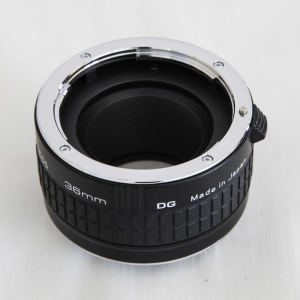
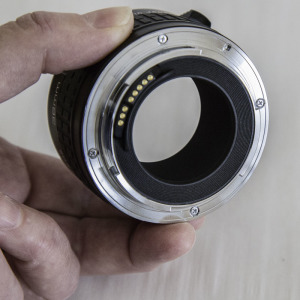

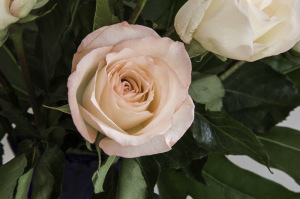
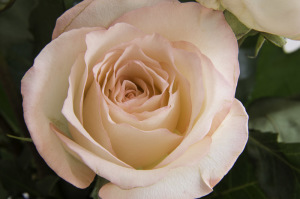
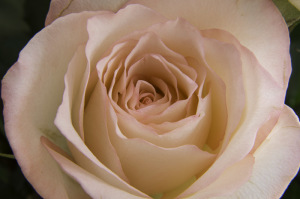
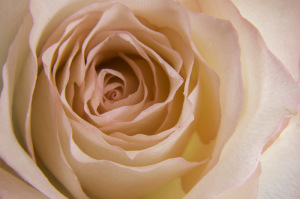

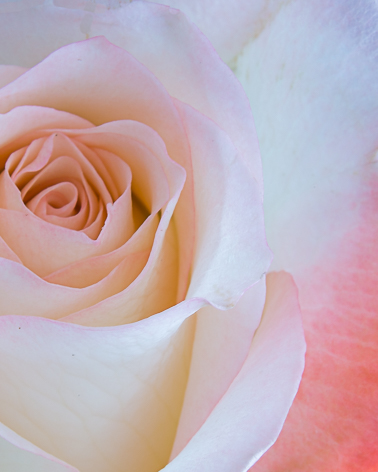
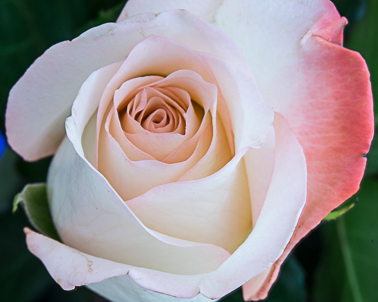
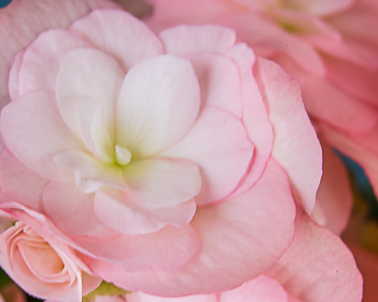
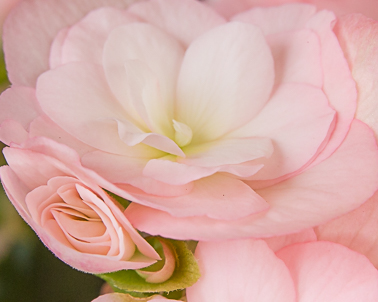
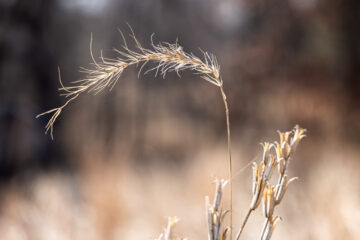
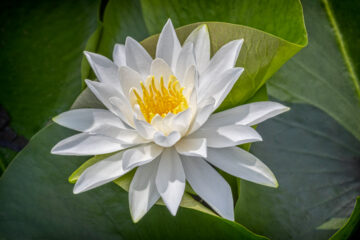

0 Comments